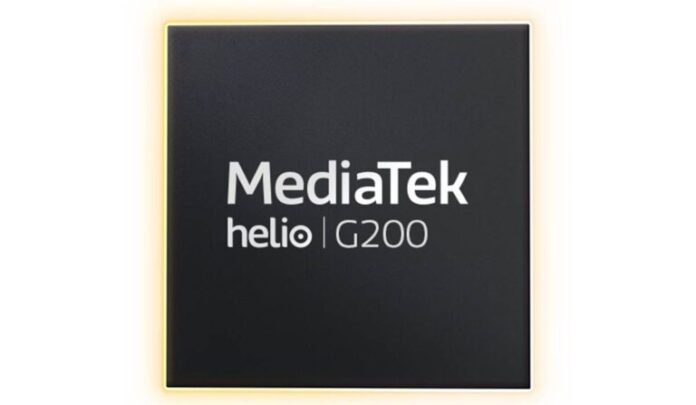MediaTek continues its determination to keep its 4G-supported chipset portfolio up-to-date with the Helio G200 model . Although the new chipset does not bring a revolutionary difference despite the increase in its name, it offers remarkable innovations in some key areas. In particular, the speed increase in the graphics processing unit and the improvement in HDR video processing quality can be considered a significant update for entry-level devices. Despite the global rise of 5G, the 4G segment still remains vibrant.
The Helio G200 is a processor that was developed using a 6nm manufacturing process and is based on the architecture previously used in the G99. This new model maintains the 200-megapixel camera support offered with the G100, while taking HDR video performance even further with 12-bit DCG (Dual Conversion Gain) technology. The wider dynamic range in video recording is at a level that can make a difference, especially in low-light environments. This improvement cannot be ignored for users who care about image quality.
MediaTek Helio G200 makes social media apps more stable on weak signal
In addition to these improvements, the Helio G200 offers a small but significant increase in graphics performance. The Mali-G57 MC2 GPU now runs at 1.1GHz, a 10 percent increase over the 1.0GHz speed of the G100. While this increase may not be directly felt in gaming performance, it does mean smoother animation transitions and application responses. While the manufacturing technology is still limited to TSMC’s N6 process, performance has been improved within the current limits.
There is no difference in terms of processor architecture; again, 2 Cortex-A76 cores (2.2GHz) and 6 Cortex-A55 cores (2.0GHz) are used. This core layout offers balanced performance in daily usage scenarios, while not compromising on energy efficiency. This structure is considered ideal for entry and mid-range devices. It is considered a sufficient architecture to meet the performance expected by users in social media and video applications.
However, a new technology called “4G DC SAR” by MediaTek is also drawing attention. This technology aims to improve the performance of social media and messaging applications in areas with weak cellular signals. It provides faster data exchange by reducing latency by 30 percent. In addition, it offers a structure that is more resistant to weak connection problems by expanding the signal coverage area.
It is expected that this technology will be especially beneficial for users living in rural areas. Although reducing latency is also important for game performance, MediaTek is highlighting this feature especially for social media applications. It is aimed to provide a more seamless experience in applications such as Facebook, WhatsApp and Instagram. This also reveals that the Helio G200 offers practical benefits in daily use.
On the display side, the chipset, which supports 1080p+ resolution, can offer a refresh rate of up to 120Hz. This feature provides a smoother view, especially in content consumption and scrolling. From the perspective of device manufacturers, this feature allows users to offer a more modern display experience. However, the implementation of these display features depends on manufacturer preferences.
In terms of memory and storage, compliance with current standards has also been maintained. LPDDR4X RAM support can reach speeds of up to 4,266Mbps. As a storage unit, it works with UFS 2.2, which provides sufficient speed in terms of application loading and data transfer. With this structure, the Helio G200 manages to establish a good balance in price-performance focused phones.
When it comes to connectivity options, there are Wi-Fi 5 (802.11ac), Bluetooth 5.2 and an internal Cat. 13 DL 4G LTE modem. This combination is still considered sufficient for today’s 4G devices. Although the transition to Wi-Fi 6 is becoming widespread, Wi-Fi 5 support continues to provide a sufficient solution for a large user base. Bluetooth 5.2 support provides lower latency and more stable connections with peripherals such as headphones.
Instead of big leaps, the Helio G200 focuses on improving the existing structure with small but functional touches. In particular, the improvements made to the image quality and connection experience are at a level that users will notice. In addition to all this, it is clear that MediaTek wants to continue the competition for entry and mid-range devices.
